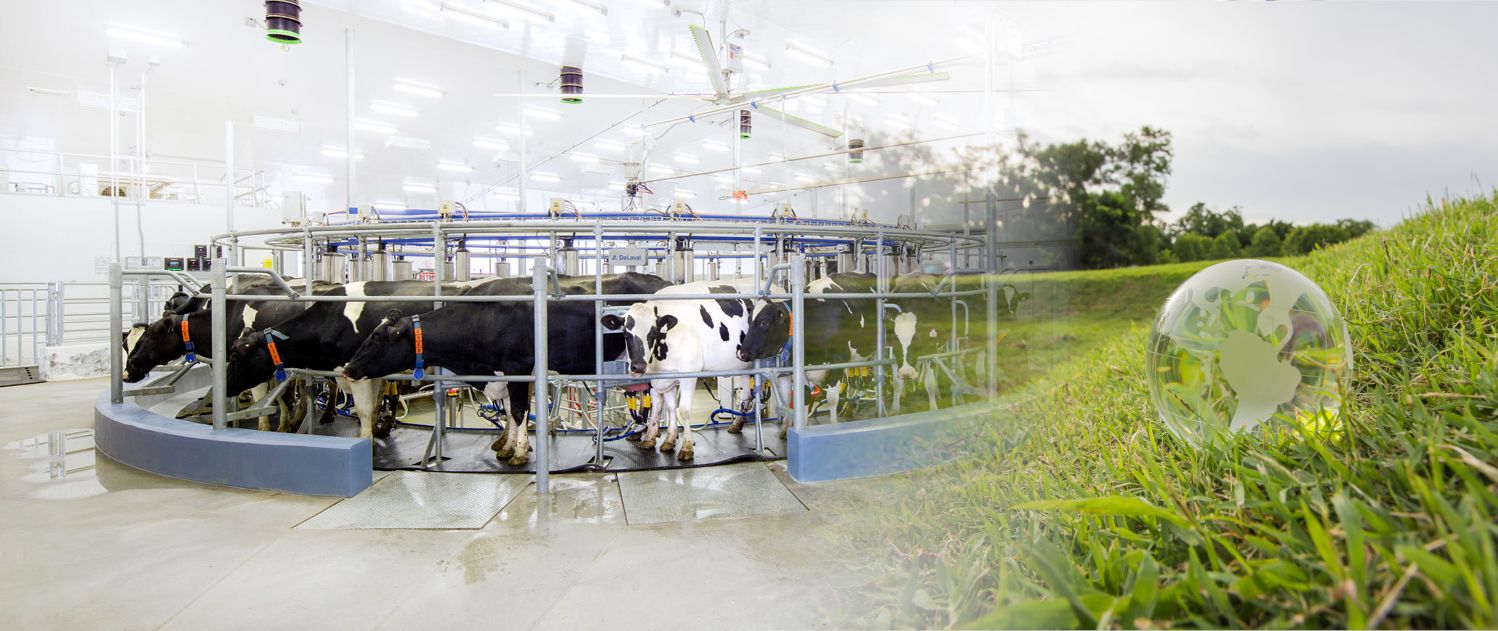
Under this theme, we are focusing on the development of technologies and strategies to increase the efficiency of food animal production and the responsible use of limited resources such as land and water. Our overall goals are to provide safe and nutritious animal products for consumers, to ensure the well-being of farm, companion, lab and zoo animals, to help Canadian farmers be competitive and to support a sustainable and affordable food supply for Canadians and the world today and into the future. Research topics in this area include:
Genetic selection including the integration of genome-based selection in breeding strategies to improve conventional and novel animal traits of interest.
Regulating the expression of genes that are involved in the animal’s response to stress and disease to optimize animal productivity.
Exploring the biological mechanisms that determine growth and development.
- Gut development in young animals
- Mechanisms regulating muscle growth
- Mechanisms that determine the rate of milk component synthesis in mammary glands
- Molecular neuroendocrine mechanisms controlling reproduction in chickens
- Control of GnRH and GnIH production by the hypothalamus
- GnRH and GnIH receptors; interactions and signaling mechanisms
- Causes and effects of genetic blindness in Smoky Joe chickens
- How the lack of a functional retina impacts reproduction and isolation of the mutation responsible for retinal degeneration
- Study of the progression of the disease and physiological impact on vision
- Molecular mechanism of differences in sensitivity to Fusarium mycotoxins between animal species
- Regulation of follicular development and oocyte maturation.
Identifying best management systems and environmental conditions to ensure optimal animal health and productivity and ethical stewardship of animals.
- Housing, feeding, management and transportation methods effects on the physiology of nutrient utilization, growth, reproduction, behavioural biology and resistance to diseases, anti-nutritional factors, and contaminants
- Mitigation of methane emissions, odour and N & P and Zinc excretion
- Re-cycling of carbon dioxide to grow algae as a source of protein and a source of DHA/EPA
- Optimize the productivity, health and welfare of animals in a variety of production systems
Mathematical modeling of biological systems
Developing bioreactors and alternative delivery systems for recombinant proteins, nutraceuticals and probiotics for promoting animal health, well-being and productivity.
- Using food grade bacteria as a bioreactor and vehicle to produce and deliver recombinant proteins such EGF to the intestine for enhancing early-weaned pig development.
- Biological engineering of novel prebiotics for animal nutrition and health
- Alternative delivery systems (aerosols, gels) of neutracuetical (polyphenol) compounds, energy, amino acids and probiotics for both animal health and value-added milk products
Developing novel technological approaches for cost-effective animal production, and improve the feeding value of different agricultural bio-products of plant, microbial or animal origin.
- Biological engineering of novel prebiotics for animal nutrition
- Designing optimal energy efficient lighting systems for use in poultry farming
Validating new ways of assessing animal well-being; understanding how animals respond to confinement; and identifying ways of improving welfare in commercial conditions.
- Validating indicators of well-being and consciousness: Validating new ways to assess fear, boredom and other states relevant to well-being, and to identify consciousness (both states of consciousness, as lost during stunning, and traits of sentience: the ability to have experiences).
- Risk factors for poor welfare: Identifying aspects of early experience, temperament and genotype (epigenetics, family, breed, and species) that predispose animals to good or poor well-being.
- Abnormal repetitive behaviours: Conducting fundamental research into the motivational and neurobiological bases of abnormal behaviours (e.g. belly-nosing in pigs, feather-plucking in poultry, and stereotypic pacing in captive carnivores); and applied research into how to alleviate these problems in practice.
- Assessing and improving poultry welfare: Investigating practical alternative housing systems for laying hens, turkeys and broiler breeders that promote good welfare; using our expertise to advise industry, the government and NGOs on poultry welfare.
- Assessing and improving welfare in other systems: Conducting welfare research on farmed mink, dairy cattle, pigs, horses, mice in research laboratories and wild animals in zoos, to improve husbandry in cost-effective, evidence-based ways; advising government bodies, NGOs and the relevant industries on best practice.